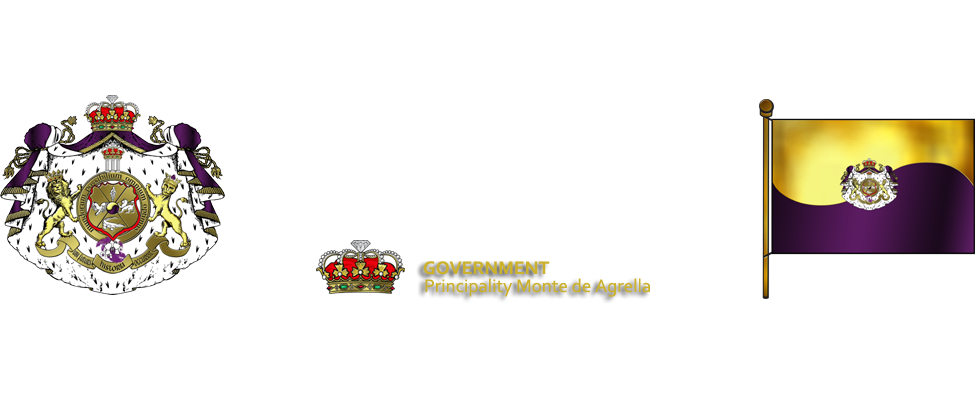Law
Principality Monte de Agrella has Adopted Roman-Dutch Criminal Law and Anglo Saxon Common Proper Law
Our Obligation and Responsibility to Law & Order:
Among his first official acts as Head of State, HSH Immanuel, the Sovereign Prince reinforced on May 7, 2014 the undertakings of the rule of law by adopting the principles of Roman-Dutch Penal Law (modern, revised and amended) and Anglo-Saxon Common Proper Law as part of his overarching plan to build the Principality into a model for responsible, sustainable, and forward-looking governance.
It is His Sovereign Prince’s goal to turn His Principality into a fully modern, eco-friendly, financially-independent State, to the benefit of its citizens and residents, and to the world at large.
All inquiries regarding Law are to be referred to: dept.justice@pmda.org
Broad description of Roman Dutch Law:
Roman Dutch Law is a casuistic (judge-made) legal system based on Roman law. It is therefore based on previous judgments and precedents as determined in a court of law, based on the interpretation of a judge, duly explained in judgment. In contrast, other legal basis are often simply “rule” based, and this does not allow for the test of application, validity, prudence, applicability, etc… where wisdom has been applied in judgment, over and above the potential draconian application of a written law which cannot provide nor anticipate the application of such an act for a unique situation not encountered (without precedent) before.
The individual litigant would feel themselves unjustly treated if past ruling applicable to his case were not followed where the material facts were the same. This authority given to past judgments is called the doctrine of precedent. The Latin maxim is stare decisis, or more fully, stare decisis et non quieta movere (to stand by precedents – ‘the decisions’) and not to disturb settled points.
The result is that by contrast, the Roman Dutch system looks at principle, not pedigree, or put differently, ‘authority of reason’ rather than ‘reason of authority’.
Extract and synopsis from: THE SOUTH AFRICAN LEGAL SYSTEM AND ITS BACKGROUND, Hahlo and Kahn, Juta and Co Ltd., 1973
Roman Dutch Law relies fully on acts of law as a framework, but is guided by application of the wisdom applied to the implementation thereof in previous judgments or, where no such precedent exists, by the application of wisdom of a judge in applying the law in fairness – rather than draconian rule application.
English Law (Anglo Saxon) and its application:
English Law is based on strict application of rules. There is little room for application of interpretation and is rather rigid. The argument in favor of this system is that all litigants are measured against the same rule set. However, all rule sets are not written with the provision of every conceivable situation in mind, and is therefore limited to an application, best described as: “Rules are rules”.
The use of this system in contracts, procedures, administration, etc… must not be underestimated. It simplifies processes and principles. Room for maneuvering, manipulation, personal interpretation, etc… is virtually removed, and application of this system in administrative and civil law is simple and broadly understood. Its application has the benefit of simplicity and cost effectiveness.
